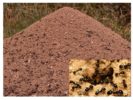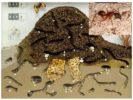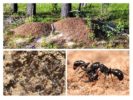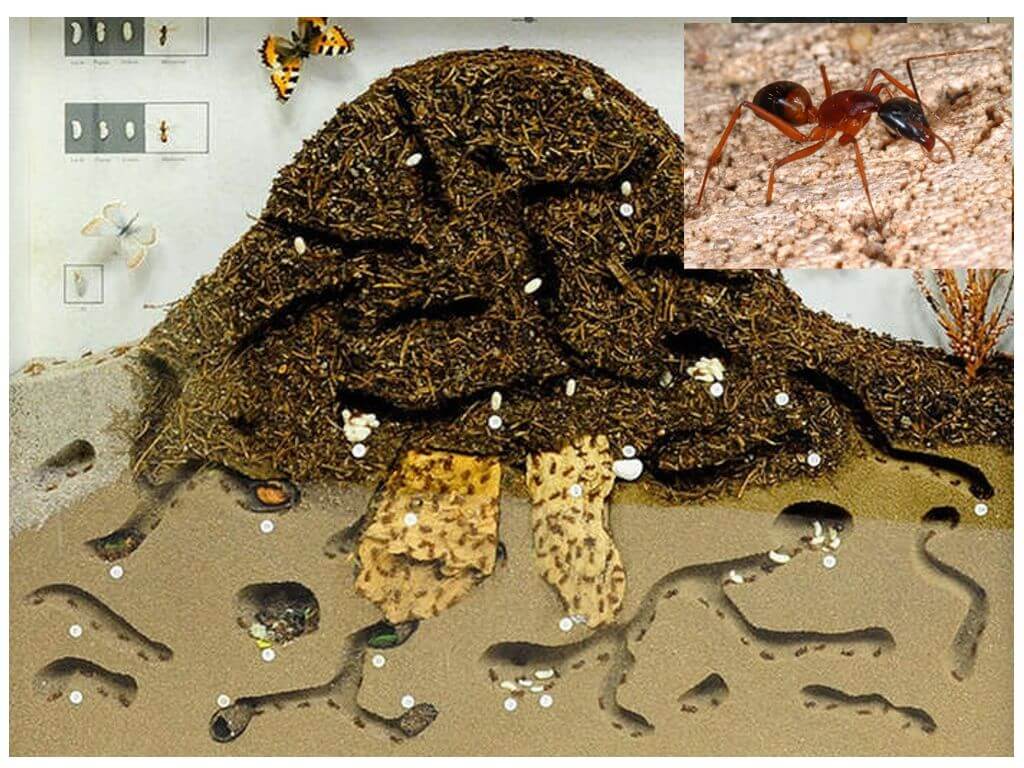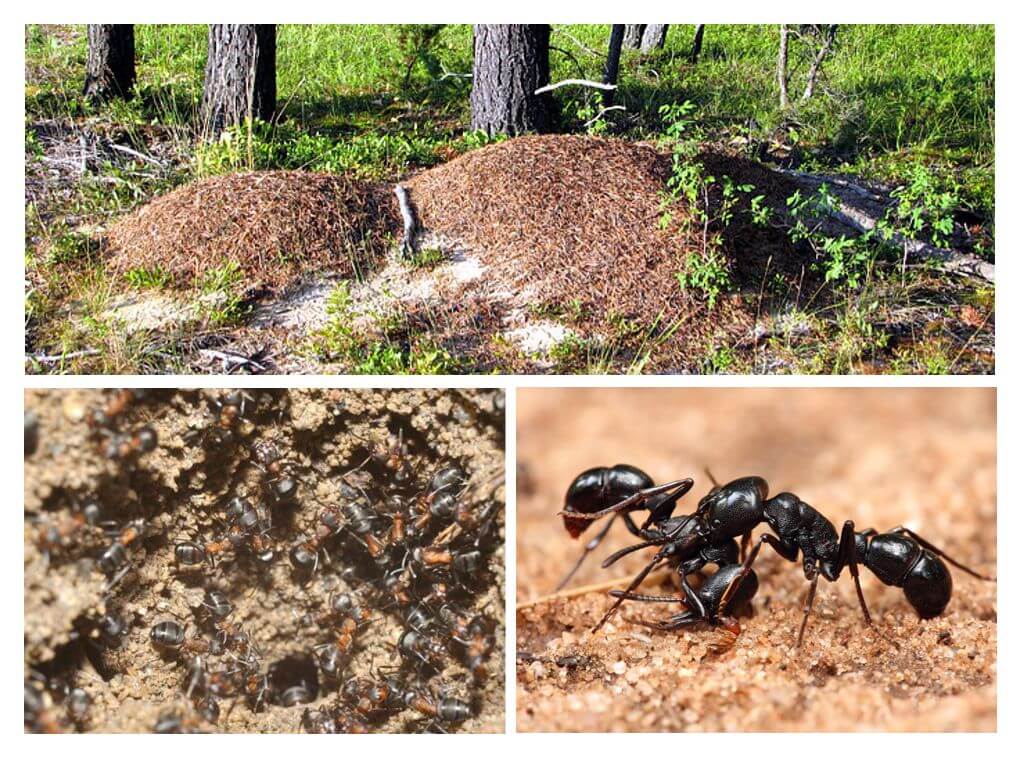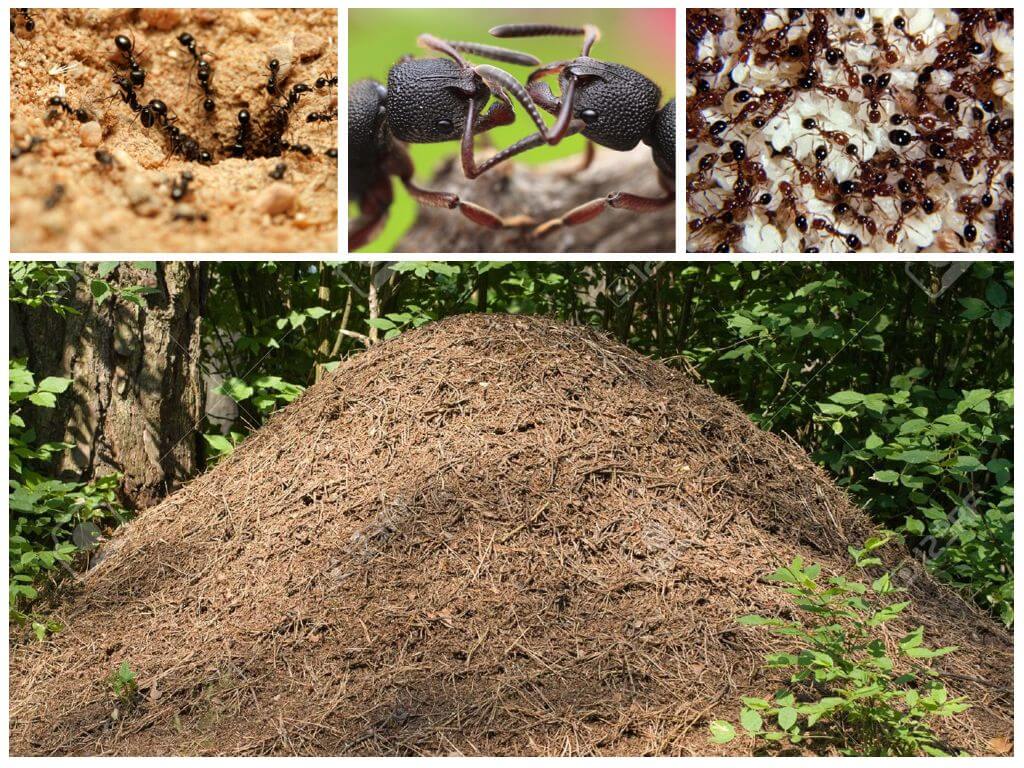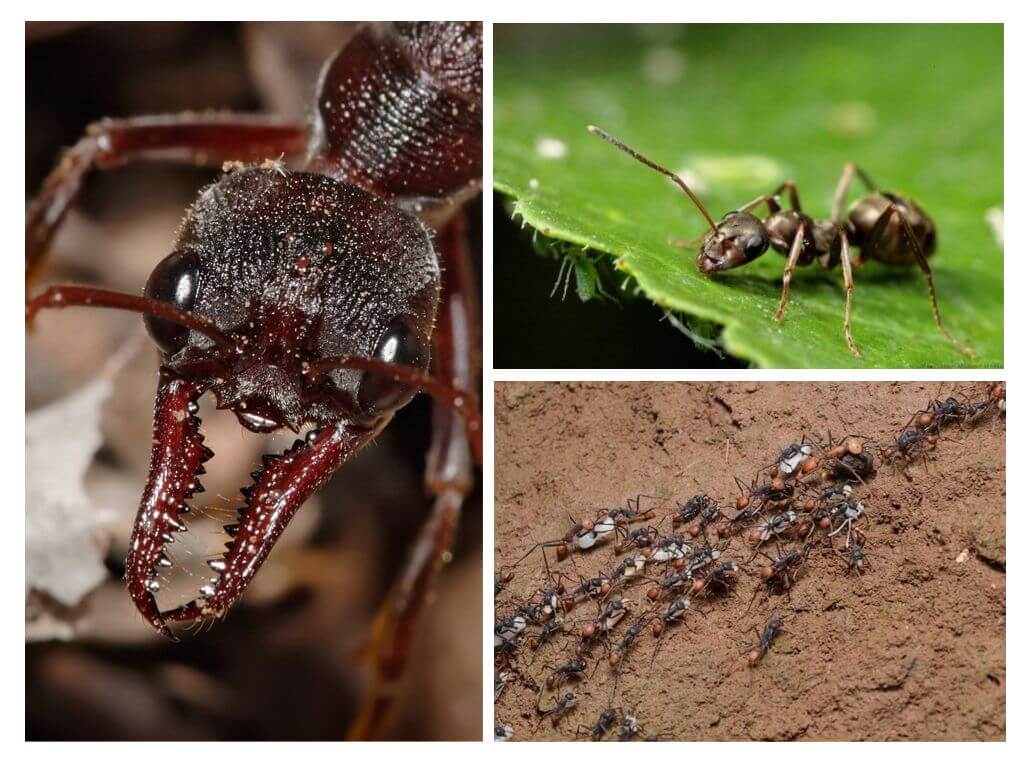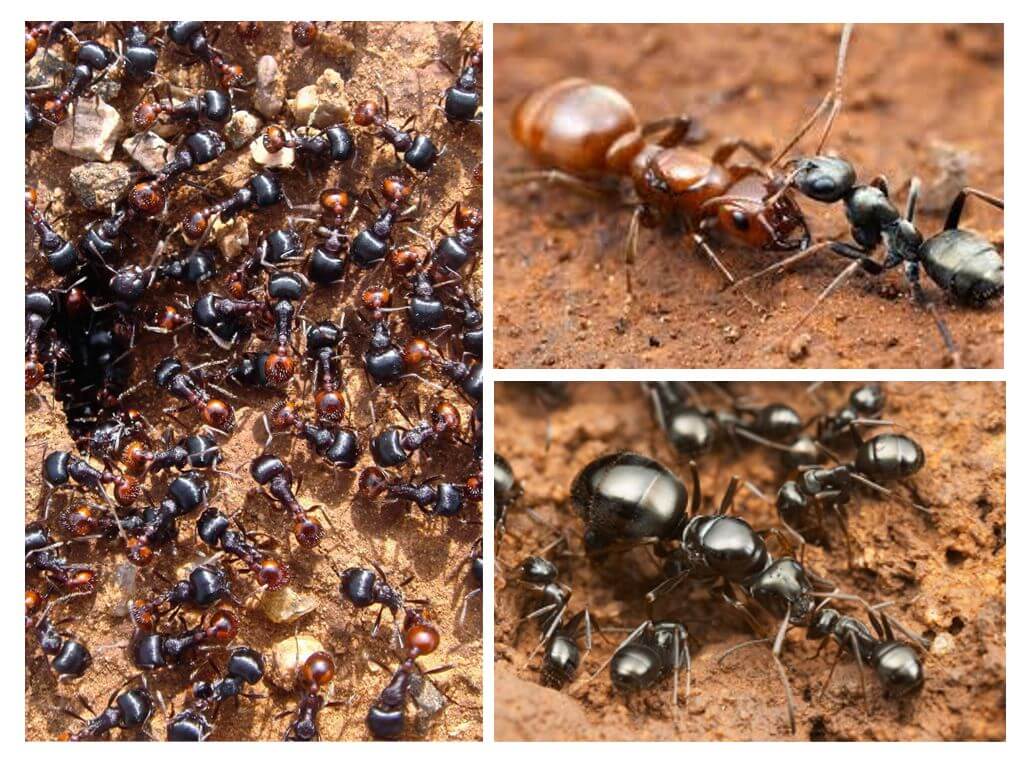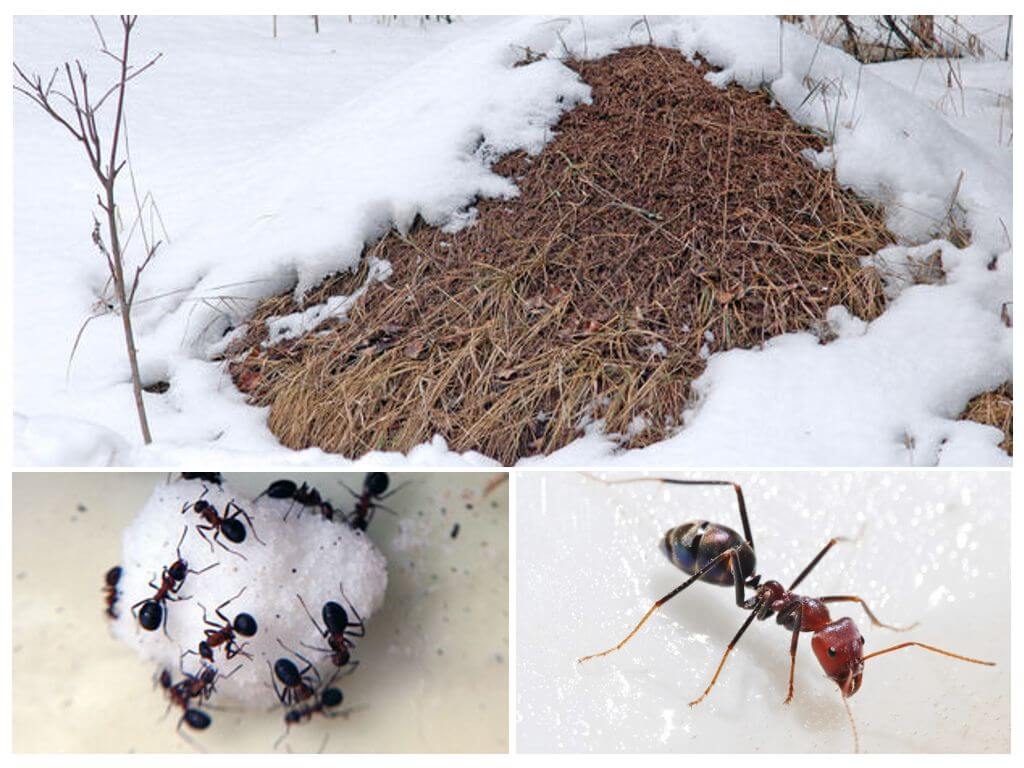- The appearance of the anthill
- Sectional anthill
- Anthill life
How an anthill works, every lover of nature knows, as well as schoolchildren who carefully listen to the teacher. A thorough study of the structure is carried out by scientists - myrmecologists. A single ant seems to be a simple creature. However, looking at their life inside the anthill, you can see the opposite.
The appearance of the ant house
Of what ants they build an anthill, you can see from the outside - dry twigs, sticks, blades of grass, leaves, ground breasts, moss, and other building materials that can convey hardworking insects.
From above the house looks like a cone-shaped embankment with small holes - entrances. This form allows the anthill to warm up well in the sun, not get wet in the rain, and gain access to oxygen.
The anthill rises above the grass so that the surrounding vegetation does not block the sun's rays. Over the years, it is built up to several meters in height. Rain droplets, falling on a large layer of sticks, twigs, leaves, roll down, do not penetrate inside. The open entrances, guarded by a large army of soldiers, serve as ventilation shafts through which air constantly circulates.
Interesting!
Insects start building an ant hill from birth. Duties are assigned to working individuals. Female queen deals exclusively reproduction of offspringraising young animals. An anthill with ants is a whole civilization divided into castes. All residents are biological relatives. Annually the height of the anthill increases.
Scientists have recorded in the Tomsk region the largest structure - 3 m in height, 5 m in diameter. Presumably an anthill was built for 20 years.
Internal buildings
The anthill inside is much more interesting. It amazes with the well-coordinated work of builders, thoughtfulness, ingenuity and tolerance. Inside the anthill looks like a combination of moves, exits, all kinds of cameras.
The building goes underground, is divided into 2 parts, accommodates a whole colony of residents.
- In the upper tier, insects spend most of the time living in the warm season. The cameras warm up well and provide ideal conditions for growing offspring.
- The lower part has similar structures, goes underground 1-2 meters. There insects winter, wait out cold days, lay down food supplies.
Each of these parts is divided into cameras that perform their functions.
- Queen's room. The uterus lives in it, lays eggs. She is looked after by working ants, helping to lay eggs.
- Room for the eggs. Here ants lay eggs, monitor the provision of proper conditions.
- The room for the larvae. Hatched ants have the form of worms and are distinguished by special gluttony. Place them in one chamber for several pieces. Provide food.
- Luggage storage of products. Separately for seeds, grains, aphids, parts of other insects.
- Garbage warehouse.
- Tombs for dead ants.
- Wintering room where insects at rest wait for the cold.
The cameras are interconnected by numerous moves, there are several exits, carefully guarded by soldiers. With the approach of danger, the onset of cold weather, the openings of the anthill close. A photo in the context of a wonderful structure is shown below.
Interesting life inside
From birth there is a division into castes.
- Most of the family are working ants. One half provides coziness, comfort inside the structure, the other - brings food from the outside, is engaged in the construction of a house outside.
- At the head of the hierarchy is the female, who is also called the uterus, the queen. Fertilized once at a young age, gives offspring all its long life. Finds a place for the future anthill. For 14 days, full ants, mainly a working clan, appear from the eggs. Accepted for the structure.
- A small part of society is young males. Their fate is not so happy. After fertilization, the young females die within 2 weeks.
Each ant has its own individual smell. All residents of a single anthill differ in a specific aroma. By smell, society distinguishes its resident from a stranger. With the help of specific flavors they report finding food, danger, find different-sex individuals for fertilization.
In ant society, more than a dozen “professions”:
- scouts;
- invading warriors;
- guard soldiers;
- builders;
- orderlies;
- babysitting
- earners;
- shepherds, millers;
- transporters;
- nurses;
- food guards, nectar;
- midwives.
Interesting!
Ants contain aphids in anthill on mutually beneficial terms. Provide her with food, she, eating plants, emits a special sweet substance. Ants specially tickle the insect to have more substances. This is the best delicacy for them, how to arrange a feast for a person with all kinds of goodies. Duties are assigned to shepherds, millers.
Life in the anthill goes on for years. If there is a threat of landslides, damage, the family of ants proceeds to the construction of other housing in the immediate vicinity, in order to more conveniently drag stocks, eggs, larvae.
The device of the anthill resembles a large city with a developed civilization, division into societies, a clear distribution of responsibilities. A simple structure on the outside is a complex structure on the inside.
